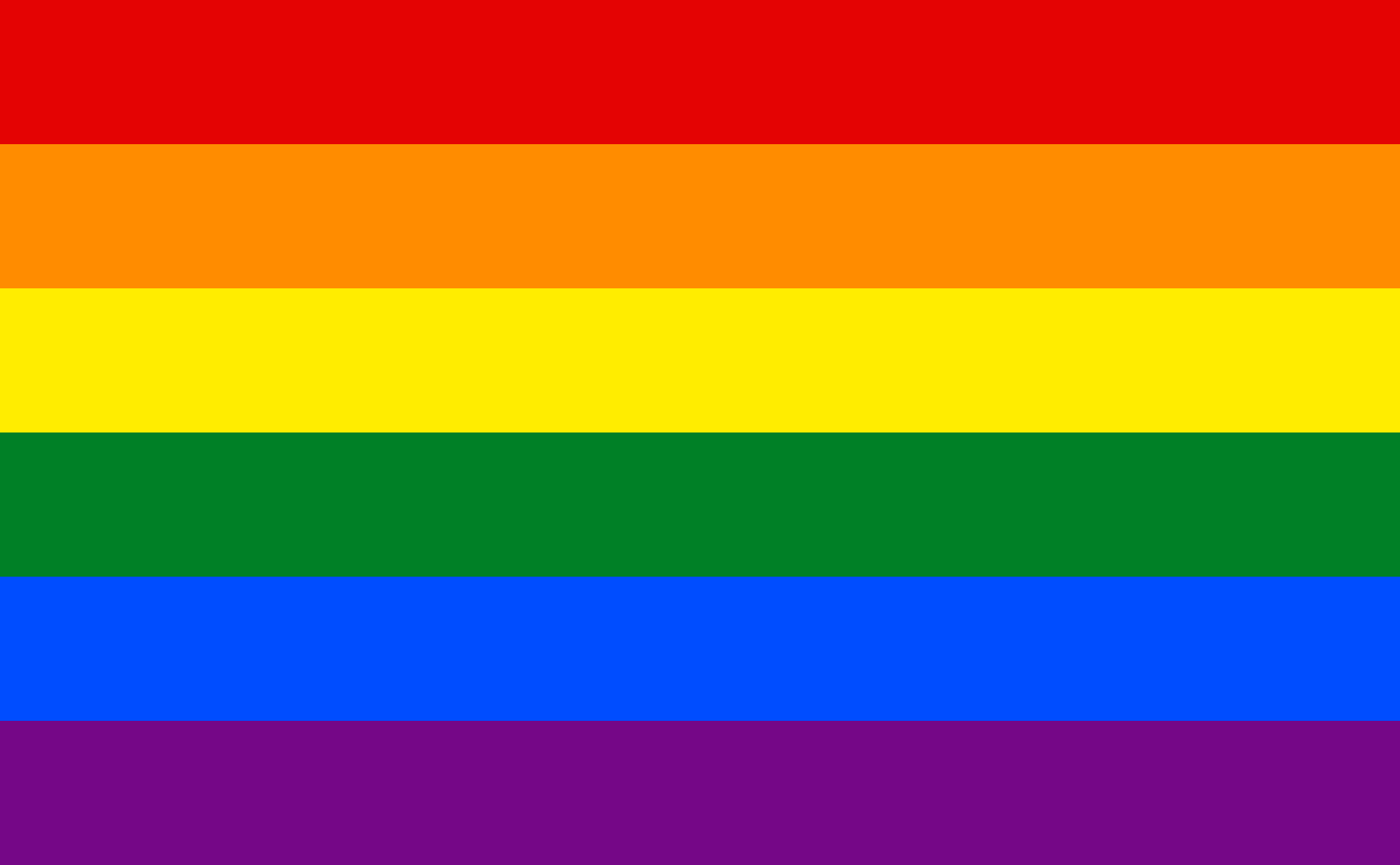I have a question for you, writers of Orange is the New Black. Why don’t you ever admit out loud that Piper Chapman is bisexual? Recently, I have been thinking a lot about bisexual representation (or lack thereof) in the media and have realized that unfortunately, bisexuals are not the only group within the LGBT+ community that do not gain the attention they deserve. Sometimes, we focus solely on gay and lesbian individuals, but forget that there are so many more sexual and gender identities begging for visibility.
As a liberal campus, I think it is crucial that we educate ourselves more on the oftentimes misunderstood and sometimes complicated groups within the LGBT+ community. As college students, all of us are still trying to discover who we are, and for some, that might include still attempting to figure out our sexual orientation and/or gender identity.
Since we use the terms sex and gender interchangeably, this can be hard to wrap one’s mind around.
I want to try to dispel some of the preconceived notions I often hear about bisexuality and asexuality. First of all, bisexuality is a valid and real sexual orientation. It does not mean that you are promiscuous, confused, seeking attention, polyamorous or will eventually “choose one gender over another.” Being bisexual also does not automatically mean that you are equally attracted to one gender over the other. In fact, most of the time, bisexuals do not experience equal attraction. However, it is important to remember that having a gender preference does not make someone any less bisexual.
Asexuality, on the other hand, is not as simple as it may seem on the surface. While asexuality at its core means someone who does not experience sexual attraction, in reality it is more complicated. There are asexuals who do not feel sexual attraction, but do feel romantic attraction. There are others who experience sexual attraction only once they form a strong, romantic bond with another person. Then, on the other side of the spectrum, there are those who do not experience sexual attraction or romantic attraction. There are plenty of additional ways that an asexual individual can identify themselves as, and because of this, asexuality can get pretty complex.
Likewise, pansexuality and gender identities can also get complicated quickly. To understand both pansexuality and gender identities, we first have to make the distinction between biological sex and gender. Since we use the terms sex and gender interchangeably, this can be hard to wrap one’s mind around. We tend to think of biological sex as simply “male” or “female,” however there are people who do not fall into these categories who are intersex. Gender, on the other hand, does not automatically mean one’s biological sex; rather, it is a result of one’s experience. So, my understanding of pansexuality is a person who experiences sexual attraction towards people, regardless of gender.
While most people can identify their gender with their biological sex, many people cannot.
Finally, the concept of gender identities seems like one that is just starting to gain attention and that the general public might still consider foreign. While most people can identify their gender with their biological sex, many people cannot. One well-known example of people who feel this are transgendered individuals. However, the gender spectrum reaches far beyond this. There are genderfluid people, who feel that they best identify with one gender from day to day, or situation to situation. Then, there are people under the umbrella term demigender, who do not fully identify with “male” or “female,” but who feel they identify with one, more than the other. Genderqueer individuals feel that they have a definite gender, but it is neither male nor female and cannot be thought of as some place simply in between. Finally, agender individuals feel like they do not have a gender at all.
Because so many factors go into sexual and gender identities, there really is not only one concrete definition of these identities. As a result, these identities will have different definitions to different people. However, there is one thing that people who identify with these terms need: representation. It not only educates the public, but more importantly, gives people a sense of belonging. With the implementation of gender neutral bathrooms and the proposal of gender neutral housing, we have made great progress as a community. However, there is always room for improvement. As students, we need to continue to educate ourselves and make sure that everyone feels included at the College.
Email Sierra Andersen at snandersen@email.wm.edu.

